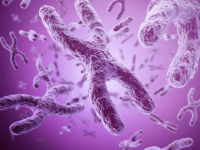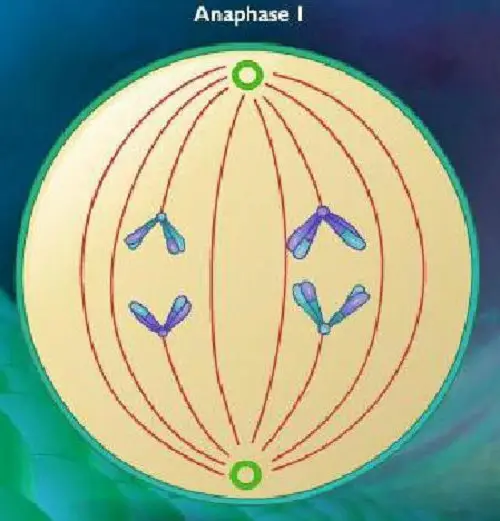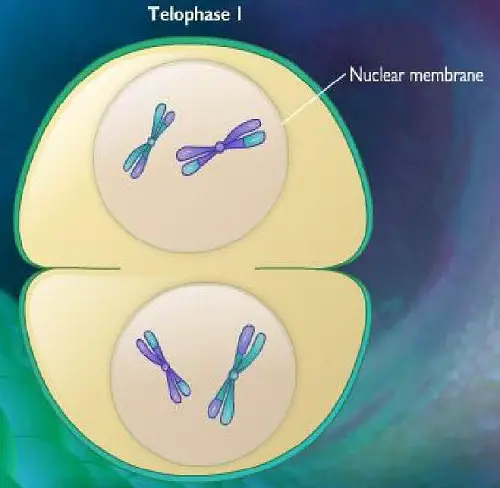
Aneuploidy and polyploidy are two chromosomal abnormalities in animals and plants. Almost every feature in human beings, be it the color of your eyes, your long legs, or the shape of your nose, has to do with the genes embodied in chromosomes. These chromosomes are found in the nuclear of the cell. At times we find other organisms having extra or fewer chromosomes or extra chromosome sets. Such occurrence is better explained by the difference between aneuploidy and polyploidy as we did hereunder.
In a nutshell, aneuploidy refers to the abnormal change in the number of a particular chromosome. It can either be an addition or an omission of a certain chromosome. On the other hand, polyploidy refers to an alteration in the number of chromosome sets in a cell. Most eukaryotic organisms are diploid, thus denoted with 2n, so a polyploid organism might have more pairs, i.e. triploid, tetraploid, heptaploid, etc. The bottom line is that both aneuploidy and polyploidy refers to chromosomal abnormalities in cells.
Polyploidy versus aneuploidy
Chromosomes are indispensable important structures of every living cell and they are found in the nucleus. The structure of a chromosome has two identical molecules called the chromatids that are bound at a centromere. In a normal cell, chromosomes are found in pairs and thus called the homologous chromosomes.
In humans, for instance, there are 23 homologous chromosomes 22 of which are known as autosomes and the other pair designated for sex determination often called the allosomes. Most organisms are diploid and they are denoted with 2n and those with a set of chromosomes are called haploid and denoted with n.
The organisms that have more than two sets are referred to as polyploidy. This is prevalent mostly in plant species than in humans/animals. That is the main difference between aneuploidy and polyploidy, because the other, aneuploidy, is common in humans, whereas polyploidy is common in plants.
Aneuploidy
As highlighted above, aneuploidy refers to an alteration of the chromosome number in a cell wherein the chromosome can be added or omitted. This is an abnormality that can be lethal in humans and lead to birth defects or even miscarriage. The abnormality is often due to a failure in the segregation of chromosomes during nuclear division in meiosis or mitosis.
Aneuploidy leads to various genetic disorders classified into autosomal and sex chromosome disorders. During the process of meiosis, homologous chromosomes are segregated into each cell. The sex chromosomes are also divided to two cells. In an event where other pairs remain undivided, they will be located in a gamete, which will then consist of an extra chromosome while the other has a missing chromosome. That is the emergence of genetic disorders caused by aneuploidy.
There are different types of aneuploidy abnormalities. We have disomy (n+1), trisomy (2n+1), monosomy (2n-1) and nullisomy (2n-2). Disomy describes a situation where two copies are present in a chromosome, monosomy an omission of a chromosome in a diploid cell, trisomy the presence of three copies in a chromosome, and nullisomy refers to an omission of a pair of chromosomes. There could be pentasomy or tetrasomy, which are rare occurrences. These aneuploidy types are associated with distinct genetic disorders as highlighted in the table below:
| Monosomy | Turner syndrome (sex chromosomal disorder) |
| Nullisomy | Lethal effects |
| Trisomy | Trisomy 16 (miscarriage), trisomy 21 (Down syndrome), trisomy 18 (Edward’s syndrome), trisomy 13 (Patau Syndrome). Generally sex chromosomal and autosomal disorders. |
| Disomy | Leads to aneuploidy in tetraploid and triploid organisms |
Aneuploidy made easy: When animals mate, the egg and the sperm combine to produce the offspring. Each, egg and sperm, contains 23 chromosomes and when they combine they will share. That’s why we have 46 chromosomes in humans, for example.
At times the sperm and the egg may have abnormal number of chromosomes. The other may have the extra or the missing chromosome. And when they combine, the offspring will not have the complete 46 chromosomes. It may have 45 pairs in which there are missing chromosomes or 47 in which there are extra. In an event where an extra chromosome results, the Down syndrome is a common genetic disorder that might occur. And in an event where there is an extra Y chromosome, the Klinefelter syndrome results.

Polyploidy
We have already highlighted above that polyploidy refers to the chromosomal abnormalities in which there are more than two sets of chromosomes. This condition is seen in abundance in plants than in animals with the exception of invertebrates and vertebrates.
Like in aneuploidy, there are various types of polyploidy. These include the autopolyploidy in which multiplication of the genome of the same species occur, and the allopolyploidy in which multiplication of the genome of different species occurs. Autopolyploidy often occurs during meiosis by non-disjunction of chromosomes in sexual production, whereas allopolyploidy occurs in hybridization of different species.
Polyploidy is generally less common in humans, but endopolyploidy is the exception type that occurs predominantly in the liver, muscle cells and bone marrow. Polyploidy is more prevalent during cell division abnormalities in metaphase I in meiosis and mitosis. Triploidy and tetraploidy are more common in humans. Polyploidy can result in miscarriage in humans.
Polyploidy can be classified into triploid, tetraploid, heptaploid, hexaploid, octaploid, etc. The examples of crops that fall under these classifications are given below in the table:
| Banana, apple, watermelon | Triploid |
| Wheat, kiwifruit | hexaploid |
| Canola, peanut | Tetraploid |
| Strawberries, sugar cane | octaploid |
These types of polyploid are easy to remember by using the prefixes. For instance, tri means there 3 sets of chromosomes, hexa, 6, tetra, 4, etc.
The table below highlights the differences between polyploidy and aneuploidy.

Wrap Up!
In a summary, aneuploidy refers to the chromosomal abnormality in which there is an extra or a missing chromosome in a cell. The various types are disomy, monosomy, trisomy, and nullisomy. It is more common in humans and it can lead to genetic disorders such as Turner syndrome and Down syndrome. Its effects can even lead to miscarriage or birth defects.
On the other hand, polyploidy refers to the presence of more than two sets of chromosomes in diploid organisms. This condition is more prevalent in plants than in animals. Triploid and tetraploid can occur in humans, and can also lead to lethal effects such as miscarriage. The various types in polyploidy include triploid, tetraploid, hexaploid, octaploid, etc.
Both the aneuploidy and polyploidy reflects the chromosomal abnormalities as per their biological properties. They all lead to chromosomal disorders.
Author: Lusi Madisha
Lusi is a professional writer and a researcher for more than seven years. She is a chemical engineering graduate from the University of South Africa.












Leave a Reply